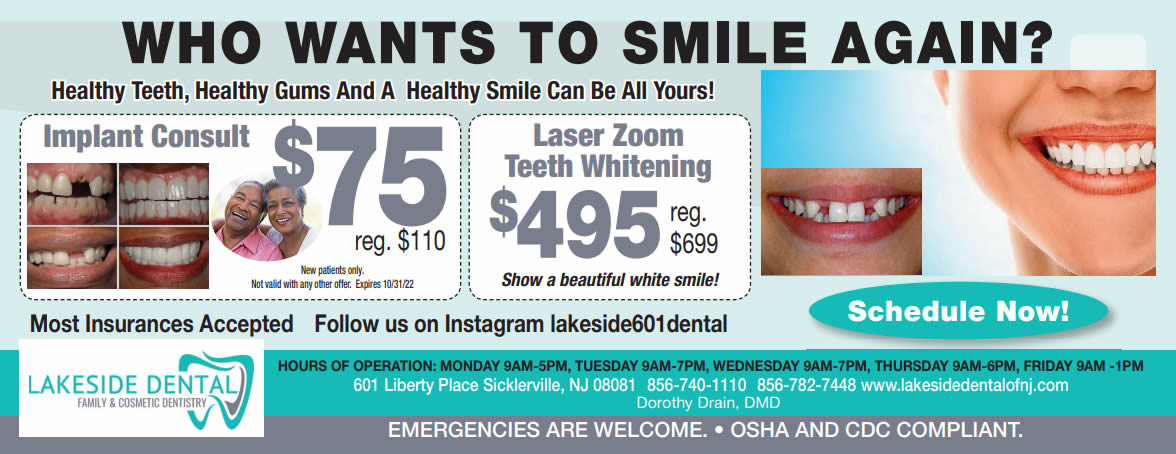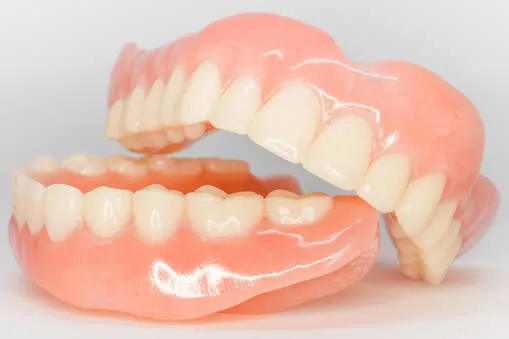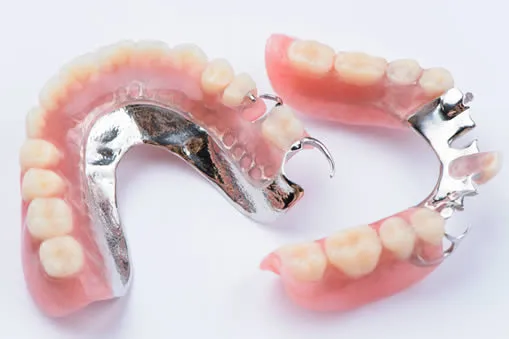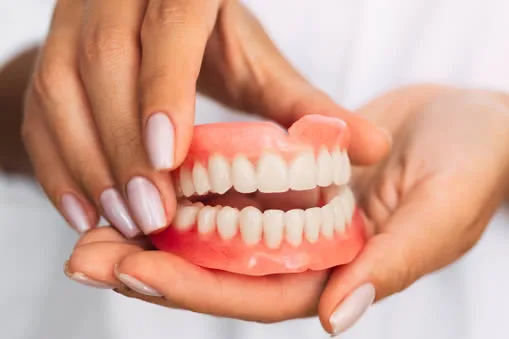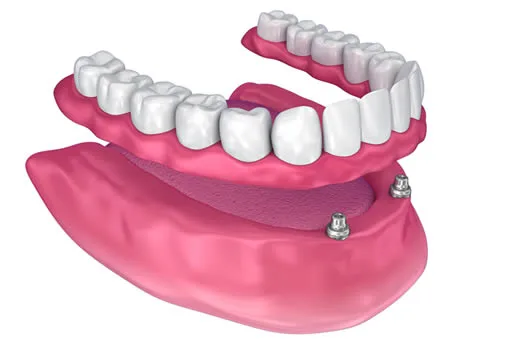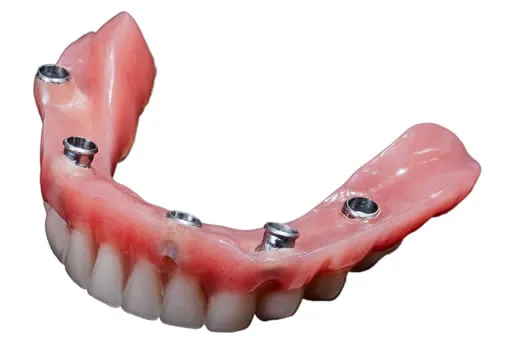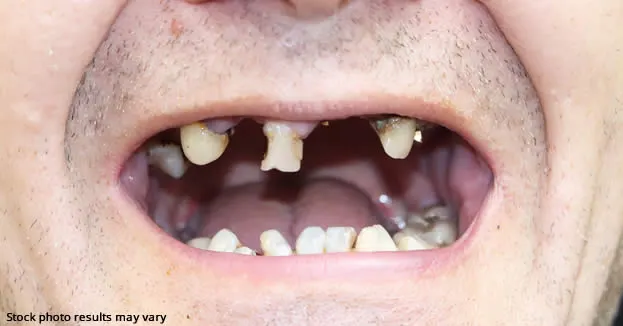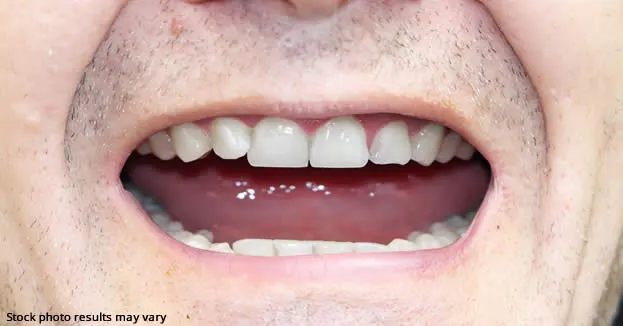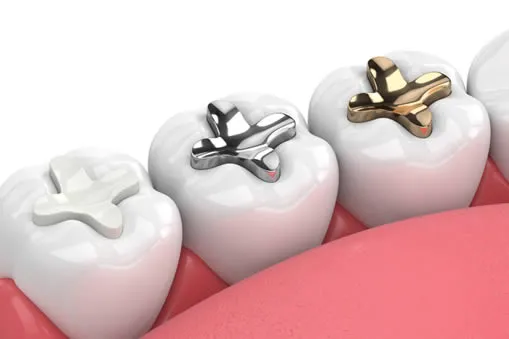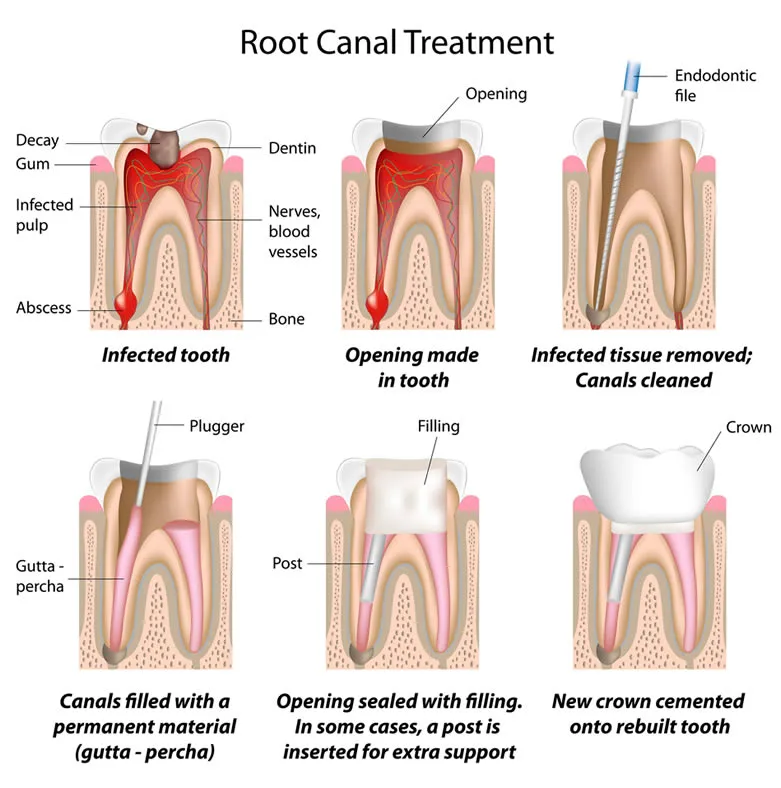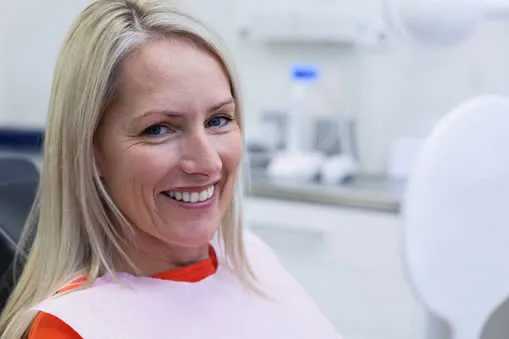
All-on-4 Dental Implants
Are you tired of missing teeth affecting your smile and ability to eat comfortably? Look no further than All-on-4 dental implants! This revolutionary technique involves just four strategically placed titanium posts and a denture plate to restore a full arch of teeth, leaving you with a beautiful, functional smile in just one session. Say goodbye to the hassle of bone grafts and multiple appointments, and hello to a brand new you with All-on-4 dental implants.
What are All-on-4 dental implants?
The All-on-4 dental implant technique, also referred to as full arch implants, comprises four titanium posts strategically implanted along the arch of the jaw and connected to a denture plate. Its primary goal is to replace a complete arch of teeth, restoring the functionality of your bite and the aesthetic of your smile.
This method is an exceptional solution for missing teeth that entails a minor two-hour surgery per arch. The All-on-4 system eliminates the necessity for bone grafts to support the implant as the dentist can position the posts in the most compact part of the jaw. It reduces chair time and recovery time as the whole process, from post insertion to denture fitting, is accomplished in one session, allowing you to leave with a brand new smile on the same day.
What is the All-on-4 Dental Implant Procedure?
Curious about All-on-4 dental implants? This innovative dental implant technique utilizes small titanium screws that fuse to your jawbone, replacing the root of a missing tooth. While traditional implants require one for each missing tooth, All-on-4 streamlines the process by using just four implants to support a full set of upper or lower teeth. Unlike the traditional method that may require bone grafting and sinus augmentation, All-on-4 only needs two implants angled at 45 degrees, avoiding areas of low bone density while maintaining strength. Say hello to a new smile without the hassle, thanks to All-on-4.
Benefits of choosing All on 4 implants over conventional implants:
- Support for a full arch with only four implants required
- No need for bone grafting
- Reduced healing and rehabilitation process due to less invasive surgery
- Faster procedure than traditional implants
- Greater flexibility for designing and fitting replacement teeth
- Lower bone density needed to secure the implant
- Fixed teeth can be received within just 24 hours after surgery
Who is a candidate for All-on-4?
If you’re wondering whether full mouth implants are a viable option for your dental concerns, the answer is yes! Here are some common situations where we may recommend this treatment:
- Your missing, failing, or damaged teeth severely affect your daily life, eating habits, and self-confidence when smiling.
- You’ve tried dentures, but they don’t fit properly, cause discomfort, and risk embarrassing accidents.
- Conventional implants aren’t an option for you due to reduced bone density resulting from tooth loss or gum disease.
The Next Step in All-on-4 dental implants at our Sicklerville dental office
If you’re tired of concealing your smile and seeking information about the available options, our Lakeside Dental Cosmetic & Family Dentistry is here to assist you. We can conduct an implant assessment, during which we can evaluate your individual requirements and potential treatment results.
ADDITIONAL FREQUENTLY ASKED QUESTIONS ABOUT ALL-ON-4 DENTAL IMPLANTS
How long do all-on-4 implants last?
Does food get stuck under all-on-4 dental implants?
How do I clean all-on-4 dental implants?
After each meal, use dental floss to clean under the bridge. You can also use a water pick and/or non-alcoholic antibacterial mouthwash mixed with water. It is recommended to brush your teeth with an electric toothbrush like Oral B or Sonicare. Additionally, don’t forget to brush your tongue and the inside of your cheeks to eliminate bacteria and bad breath.
Is it necessary to undergo anesthesia for the full mouth dental implants procedure?
No, it is not necessary. The procedure can be carried out with the use of either a local anesthetic or “sleep dentistry.”
With sleep dentistry, hospitalization is not required, and the procedure can be completed at our practice.
Is there a dentist near me in Sicklerville that offers all-on-4 dental implants?
Yes. At our Sicklerville dental office we offer All-on-4 dental implants to patients from Sicklerville and the surrounding area. Contact our office today to schedule an appointment.




